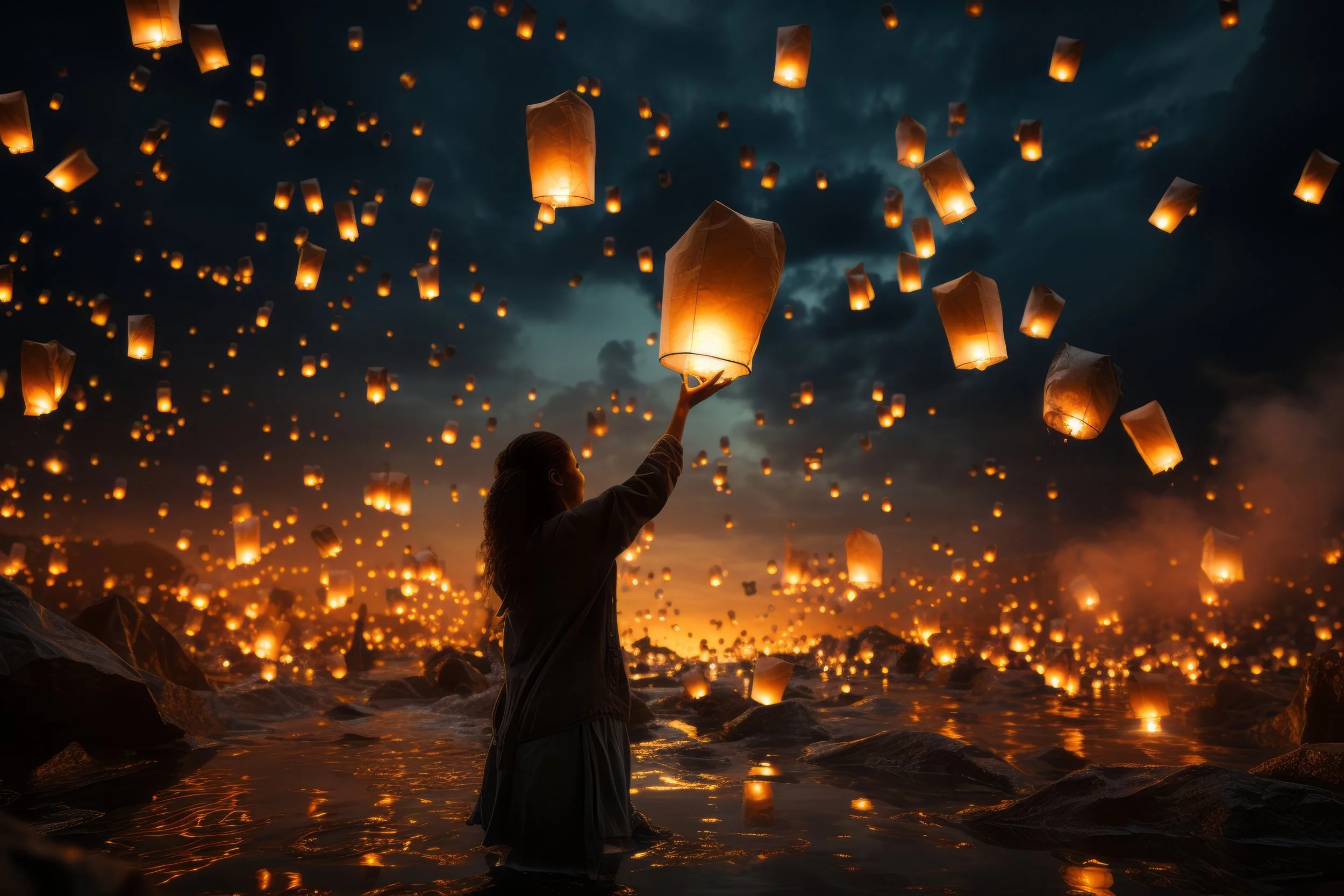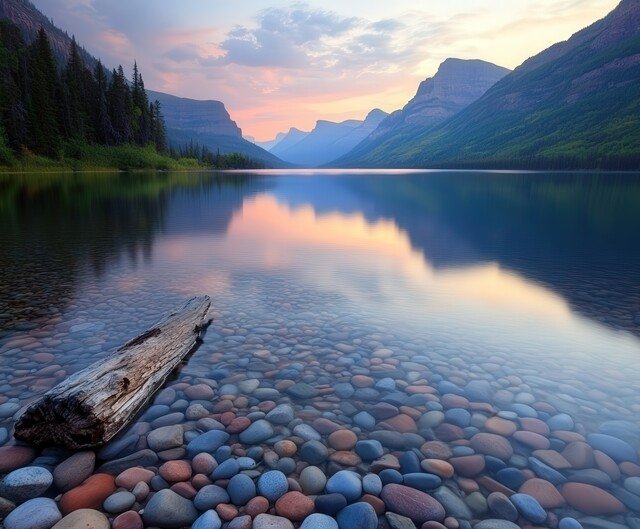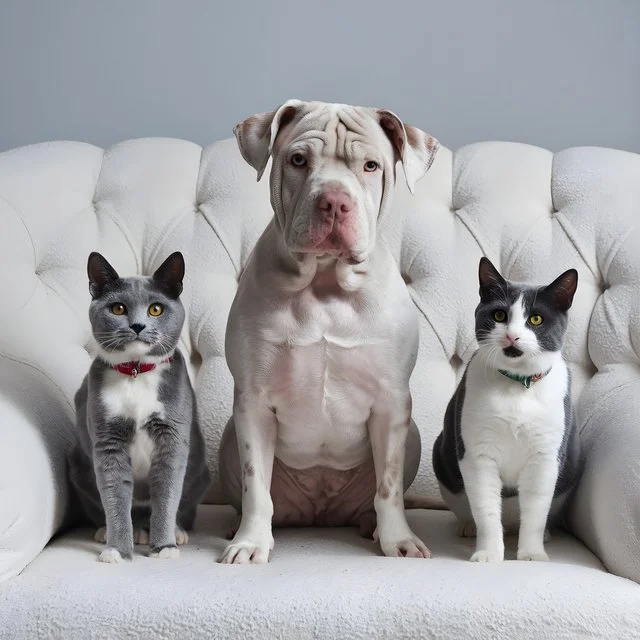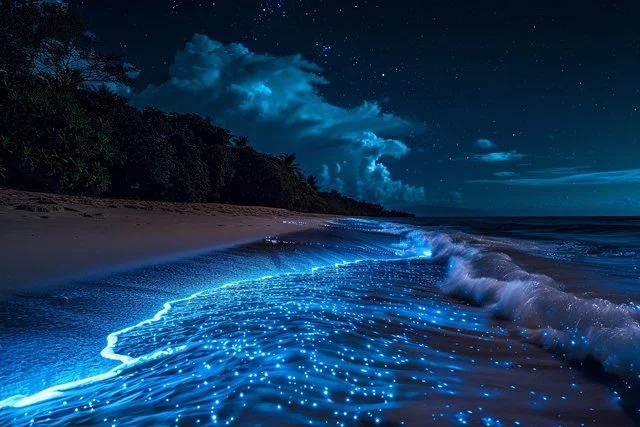Statistics on Cremation: Insights from the National Funeral Directors Association
Cremation has become an increasingly popular option for families across the United States, and its rise shows no sign of slowing down. According to the National Funeral Directors Association (NFDA), cremation now represents the choice of nearly half of all families, with a growing trend in favor of this method of final disposition. As societal norms shift and funeral practices evolve, the NFDA offers valuable data that helps us understand the factors behind this change and the impact it’s having on the funeral industry.
In this guide, we’ll explore the latest statistics on cremation in the U.S. and highlight why destination ash scattering is becoming a popular and meaningful choice for families seeking to honor their loved ones in a unique way.
Cremation Rate in the U.S.
As of the NFDA’s 2023 statistics, cremation is the preferred choice for nearly 60% of all deaths in the United States. This marks a significant increase from just a few decades ago when cremation rates were much lower. The shift toward cremation reflects both cultural changes and the evolving preferences of the American public when it comes to funerary practices.
According to the NFDA, the cremation rate in the U.S. is projected to exceed 70% by 2040, continuing the upward trajectory seen over the last several decades. This statistic underscores the growing acceptance of cremation and the many benefits that it offers to families—both practical and personal.
Cremation vs. Traditional Burial
One of the key reasons why families are gravitating toward cremation is the cost-effectiveness of this option compared to traditional burial. According to the NFDA, traditional burial can cost upwards of $10,000 or more, especially when you factor in the cost of the casket, burial plot, headstone, and other associated fees. Cremation, by contrast, tends to be more affordable, with many families choosing a cremation service that costs between $2,000 and $4,000.
This financial flexibility allows families to allocate resources toward a memorial service or destination ash scattering, providing them with a meaningful way to commemorate their loved one’s life without breaking the bank.
The Growing Popularity of Destination Ash Scattering
One of the most notable trends in cremation is the increasing interest in destination ash scattering—an option that allows families to scatter cremated remains in a special location, such as a national park, a beloved family destination, or a scenic beach. According to a 2022 survey by the NFDA, 45% of families said they were interested in incorporating a unique location for scattering their loved one’s ashes.
This growing demand for destination ash scattering services reflects a desire for more personalized and meaningful memorial experiences. Instead of keeping ashes in a traditional urn or scattering them in a private backyard, many families are choosing to honor their loved one in a place that holds deep personal or spiritual significance. BONAVENTURE offers families the opportunity to scatter ashes at iconic locations such as Yellowstone National Park, Zion National Park, the Whale Trail off Ruby Beach, and many more.
The Role of National Parks in Ash Scattering
National parks have become one of the most popular destinations for ash scattering, with their breathtaking natural beauty and peaceful, serene environments. The NFDA notes that 30% of families who choose cremation are considering national parks as a destination for their loved one’s final resting place.
The growing trend toward destination ash scattering in national parks is not surprising given the deep connection many people have with nature and the outdoors. These stunning locations offer families a chance to say goodbye in a peaceful, reflective space, creating a lasting tribute to their loved one’s spirit.
At BONAVENTURE, we offer services at some of the most sought-after national parks, including Yellowstone, Glacier, Devil’s Tower, and Zion National Park, allowing families to scatter ashes in places that truly reflect the personality, passions, and legacy of their loved one.
Cremation and Environmental Considerations
As more people opt for cremation, environmental factors have also played a role in the growing preference for this method of disposition. The NFDA’s statistics show that 28% of cremation families choose this option because it’s seen as more environmentally friendly than traditional burial. Cremation eliminates the need for embalming chemicals, metal caskets, and concrete vaults—materials that can have significant environmental impacts over time.
Additionally, destination ash scattering in natural settings offers an even greener way to honor a loved one, as cremated remains are returned to the earth in a way that can enrich the environment, such as scattering ashes in a national park or along a coastal shoreline. Families who choose this option can feel comforted knowing they are creating a natural, harmonious memorial.
Conclusion: The Future of Cremation and Ash Scattering Services
Cremation has become a popular and meaningful choice for many families, and as the National Funeral Directors Association data shows, the trend will continue to rise in the coming decades. With the growing demand for destination ash scattering and personalized memorial experiences, families now have more opportunities than ever to honor their loved ones in a way that feels both heartfelt and significant.
BONAVENTURE is here to help families navigate the logistics of cremation and ash scattering, offering a range of services to help make this final journey as meaningful and stress-free as possible. Whether you’re interested in scattering ashes in a national park, a scenic coast, or another special destination, we provide expert guidance and care every step of the way.
If you’re considering cremation or destination ash scattering, contact us today to learn more about how we can assist you in honoring your loved one’s memory in a meaningful, beautiful way.






























Scattering ashes is a way of offering the body back to the world it came from—gently, reverently, without walls or weight. It’s a final walk home, marked by petals and memory, not marble and brass.